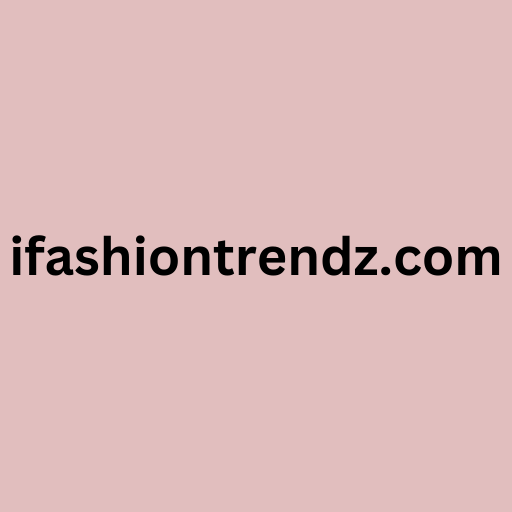Navigating the Aftermath: Reimagining Internet Connectivity After Undersea Cable Failures

The backbone of our modern digital world, undersea cables crisscross the ocean floor, carrying vast amounts of data between continents and connecting the global internet ecosystem. However, when these critical infrastructure links experience failures, the ripple effects can be felt far and wide, disrupting communication networks, impeding economic activity, and underscoring the fragility of our interconnected digital infrastructure. In this comprehensive analysis, we explore the challenges and opportunities that arise in the wake of undersea cable failures, examining the strategies and technologies that can help us navigate this turbulent terrain and ensure the resilience of our internet connectivity.
Understanding Undersea Cable Failures
Causes and Implications
Undersea cable failures can occur due to a myriad of factors, ranging from natural disasters and maritime accidents to intentional sabotage and equipment malfunctions. Regardless of the cause, the consequences can be severe, disrupting internet connectivity for entire regions and disrupting critical communication links. In addition to economic losses and logistical challenges, undersea cable failures can also impact national security, highlighting the importance of robust infrastructure resilience and contingency planning.
Global Impact
The interconnected nature of the global internet means that undersea cable failures can have far-reaching implications, affecting businesses, governments, and individuals around the world. From e-commerce and financial transactions to telecommunication services and international diplomacy, virtually every aspect of modern society relies on seamless internet connectivity. As such, disruptions caused by undersea cable failures can reverberate across borders, underscoring the need for international cooperation and coordinated response efforts.
Mitigating the Impact of Undersea Cable Failures
Diversification of Routes
One of the most effective strategies for mitigating the impact of undersea cable failures is to diversify routing options and establish redundant communication pathways. By deploying multiple cables along different routes and leveraging alternative connectivity solutions such as satellite links and terrestrial fiber optic networks, we can reduce the risk of widespread disruption and ensure continuity of service in the event of a cable failure. Additionally, investing in advanced routing technologies and dynamic traffic management systems can help optimize data flows and minimize latency, enhancing overall network resilience.
Rapid Repair and Restoration
In the event of an undersea cable failure, swift and efficient repair and restoration efforts are essential for minimizing downtime and mitigating the impact on users. Establishing dedicated repair ships and mobilizing specialized repair teams equipped with state-of-the-art equipment and underwater robotics can expedite the process of locating and repairing cable faults. Moreover, pre-established partnerships and agreements between cable operators and service providers can facilitate coordination and collaboration during emergency response operations, ensuring a prompt and coordinated response to cable failures.
Leveraging Emerging Technologies
Advancements in Subsea Cable Technology
Advancements in subsea cable technology hold the promise of enhancing the resilience and capacity of undersea communication networks. From next-generation fiber optic cables with increased bandwidth and improved reliability to advanced monitoring and maintenance systems powered by artificial intelligence and machine learning, these innovations are poised to revolutionize the way we design, deploy, and manage undersea cable infrastructure. By harnessing the power of cutting-edge technologies, we can strengthen the resilience of our internet connectivity and ensure uninterrupted access to digital services, even in the face of unforeseen challenges.
Satellite Constellations and High-Altitude Platforms
In addition to undersea cables, satellite constellations and high-altitude platforms present alternative solutions for extending internet connectivity to remote and underserved areas, mitigating the reliance on traditional undersea cable routes. Companies such as SpaceX, OneWeb, and Amazon are investing heavily in the development of low Earth orbit (LEO) satellite constellations capable of delivering high-speed internet access to virtually any location on the planet. Similarly, high-altitude platforms such as stratospheric balloons and drones equipped with wireless communication technology offer flexible and scalable connectivity solutions for areas with limited terrestrial infrastructure.
| https://www.certs4sale.com/certnexus/cfr-410-pdf-exam-dumps |
| https://www.certs4sale.com/cips/l4m3-pdf-exam-dumps |
| https://www.certs4sale.com/sap/c_arsum_2208-pdf-exam-dumps |
Conclusion
In conclusion, undersea cable failures represent a significant challenge to the resilience and reliability of our global internet infrastructure. However, by adopting a proactive approach to infrastructure planning and investing in advanced technologies and contingency measures, we can mitigate the impact of cable failures and ensure the uninterrupted flow of data across borders and continents. Through international cooperation and collaboration, we can build a more resilient and interconnected digital ecosystem that can withstand the challenges of the 21st century and beyond.





